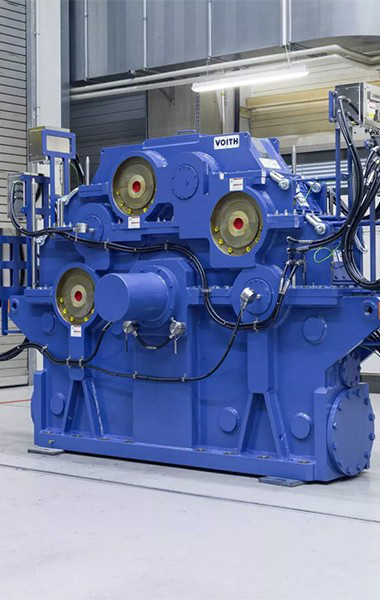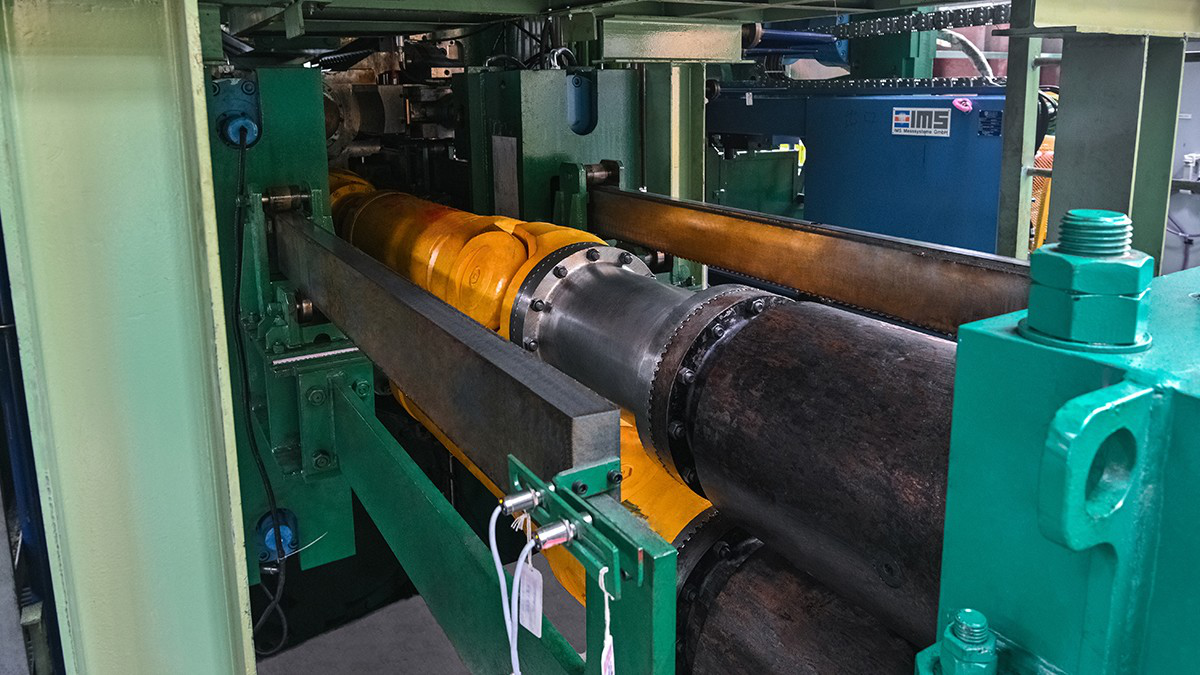Six success factors, one goal: Groundbreaking e-mobility .
Whether for buses or commercial vehicles, Voith has been an integral part of and major driving force in the






For more than 155 years, Voith, a technology group that operates worldwide, has been creating pioneering solutions and innovations for a wide range of industries – including the electric mobility sector for more than 25 years. During this time, we have impressed numerous prestigious customers and partners with the consistency and quality of our products and services.
Since 2021, Voith has been manufacturing electric drives in large volumes. Our traditional roots in the bus business, our many years of experience with the legendary DIWA transmissions, and our inverter expertise from the rail segment give us sound market insights and a technological knowledge edge. This is why at Voith,




Equally appreciated is the clearly defined Voith DNA as the basis for strategic goals like decarbonization, automation and digitalization. In this context, “Driven by Voith” means efficiency, quality, performance and maximum reliability.
In this way, Voith is supporting and accompanying the effective transition to electromobility reliably and in long-term partnerships and is already setting tomorrow’s standards today. “Made in Germany” is not just a guarantee of origin, but a promise of quality. And the key to success is a strong connection between advanced technology and human expertise.



To continue to retain human expertise in the company long into the future as well as recruit and support top talent at all levels, Voith deliberately focuses on the human factor. We also work very closely with trusted external partners and internal experts who share the same corporate values.
“Whether in product development or in service, customers and service providers are our partners and sources of inspiration. We exploit this strong network of theory and practice to effect continual improvements to our pioneering electrical drive systems,” stresses Manuel Calero.




Specifically, as a provider of solutions in the field of
In addition, we support all phases of the transition and help our customers to meet statutory conditions, for example, by providing legal expertise and a technical development and/or innovation edge.

Overview of the individual
components of the VEDS:

VEDS small scope provides the basis components of an e-drive system for different bus applications. It consists of an electric motor, a traction inverter, and corresponding drive management unit.
Voith supplies different electric motors and inverters depending on the customer’s bus application. The customer can choose between the medium duty and heavy duty motor variant.

Besides the small scope of the electric drivetrain (electric motor, inverter, and drive management unit), Voith supplies further auxiliary components.
The VEDS extended scope includes auxiliary components such as auxiliary inverters, cables, power distribution box, charging control unit, and a DCDC converter for fuel cell applications.



With its electrical direct drive system VEDS, Voith covers vendor-neutral city buses (solo, double-decker, school and articulated buses) and coaches, trucks and off-road vehicles. Moreover, this system can be used in both battery-electric and fuel-cell-powered vehicles. The performance of this system has already been established in the field multiple times with best-in-class efficiency. It has also been officially certified by the non-profit organization Zemo Partnership in both 2023 and 2024 for a total of four bus models from Wrightbus and Alexander Dennis, companies that have been using Voith’s electric drive system for quite some time now.
Maximum safety is also always at the forefront and officially confirmed thanks to ISO 26262 certification. Until they are ready for volume production, all our products pass through function- and software-based development stages to become part of a groundbreaking solution.


4x “best-in-class efficiency” in two years






It’s time to get things moving. Voith is constantly working, not just to push the boundaries of technology but to redefine them – and to thus drive the future. And this future is electric.































